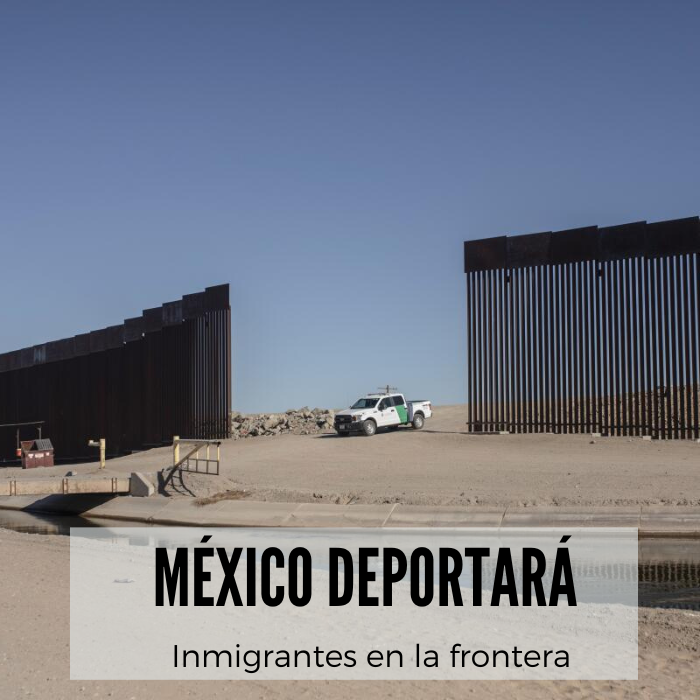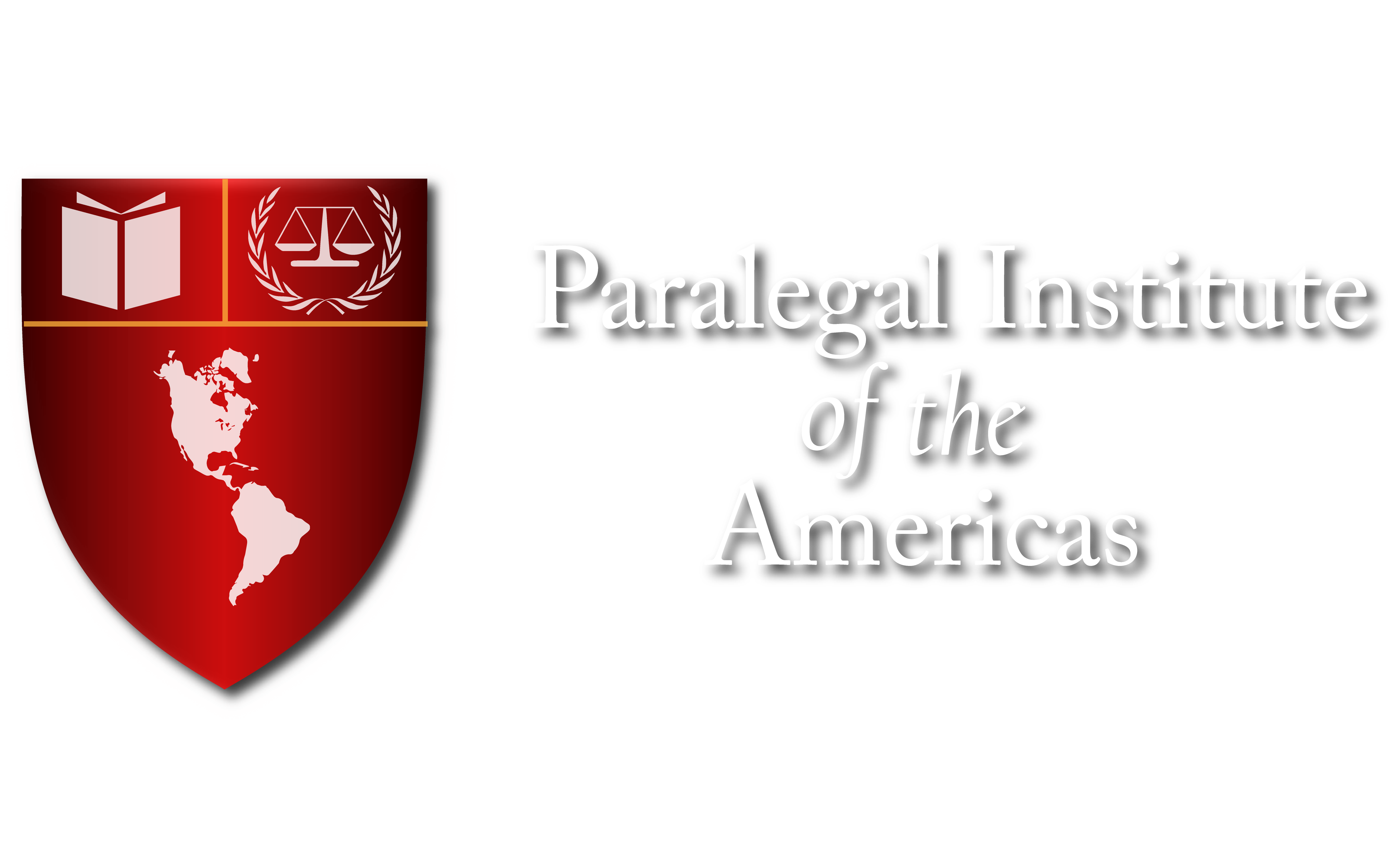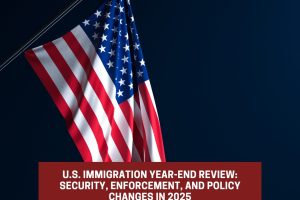
Shifting Realities at the US-Mexico Border: Enforcement and Migration Control in a Rapidly Evolving Landscape.
Source: https://www.migrationpolicy.org/research/shifting-realities-us-mexico-border. January, 2024.
Migration at the U.S.-Mexico border is profoundly different today than in decades past, with a record number of asylum seekers and other migrants coming from a growing range of countries. These changes present complex challenges for the U.S. immigration system, both at the border and beyond.
U.S. border policy has undergone significant changes in recent years. In May 2023, the Biden administration ended Title 42 pandemic-related expulsions while introducing a series of policies to deter unauthorized crossings and encourage migrants to arrive at ports of entry and use legal mobility pathways. Significantly high levels of unplanned migration have become a new feature across the Western Hemisphere, reflecting an increase in displacement driven by factors such as political instability, violence, slow economic recovery post-COVID-19 pandemic, human rights violations, poverty, and climate events.
In 2023, for the first time, migrants from Mexico and Central America were outnumbered at the U.S.-Mexico border by those from other parts of the Americas and different regions of the world. Many of these individuals travel in family groups, facing increasingly perilous routes over vast distances with the goal of reaching the United States. In 2023, over half a million people crossed the dangerous jungle known as the Darien Gap, located between Colombia and Panama, and early projections suggest that migration in 2024 could reach similar figures.
You could also read: “A New Path for Employment-Based Immigration: The Bridge Visa“
The quantity and diversity of migrant arrivals have overwhelmed law enforcement capacities at the U.S. border, creating an overwhelming burden for an immigration and law enforcement system that was unprepared for it. While the Biden administration has pursued ambitious and broad policies post-Title 42, aiming to establish border control and humanitarian enforcement, its success requires significantly expanded resources. Improvements are needed to overcome deficiencies in governmental capacity to fairly and timely decide asylum cases, fully process expedited removal cases, and provide funding to non-governmental organizations whose work with migrants is essential in border communities and destination cities.
While legislative changes to the U.S. immigration system have long been needed to fully advance broad national interests, presently, the most significant step Congress could take would be to provide the necessary resources to build capacity in entirely new orders of magnitude across the border law enforcement system and throughout the hemisphere. Without such efforts, managing migration at the southwest border will continue to be reactive rather than constituting a cohesive strategy that proactively identifies migration patterns and responses across the region, and addresses the protection needs of migrants and border control imperatives.
If you want to learn more about these topics, visit Paralegal Classes’ social media and join our live sessions every Wednesday.
Instagram: @Paralegalclases
Facebook: Instituto Paralegal de las Américas
Youtube: Instituto Paralegal
Tiktok: @Paralegalnews



